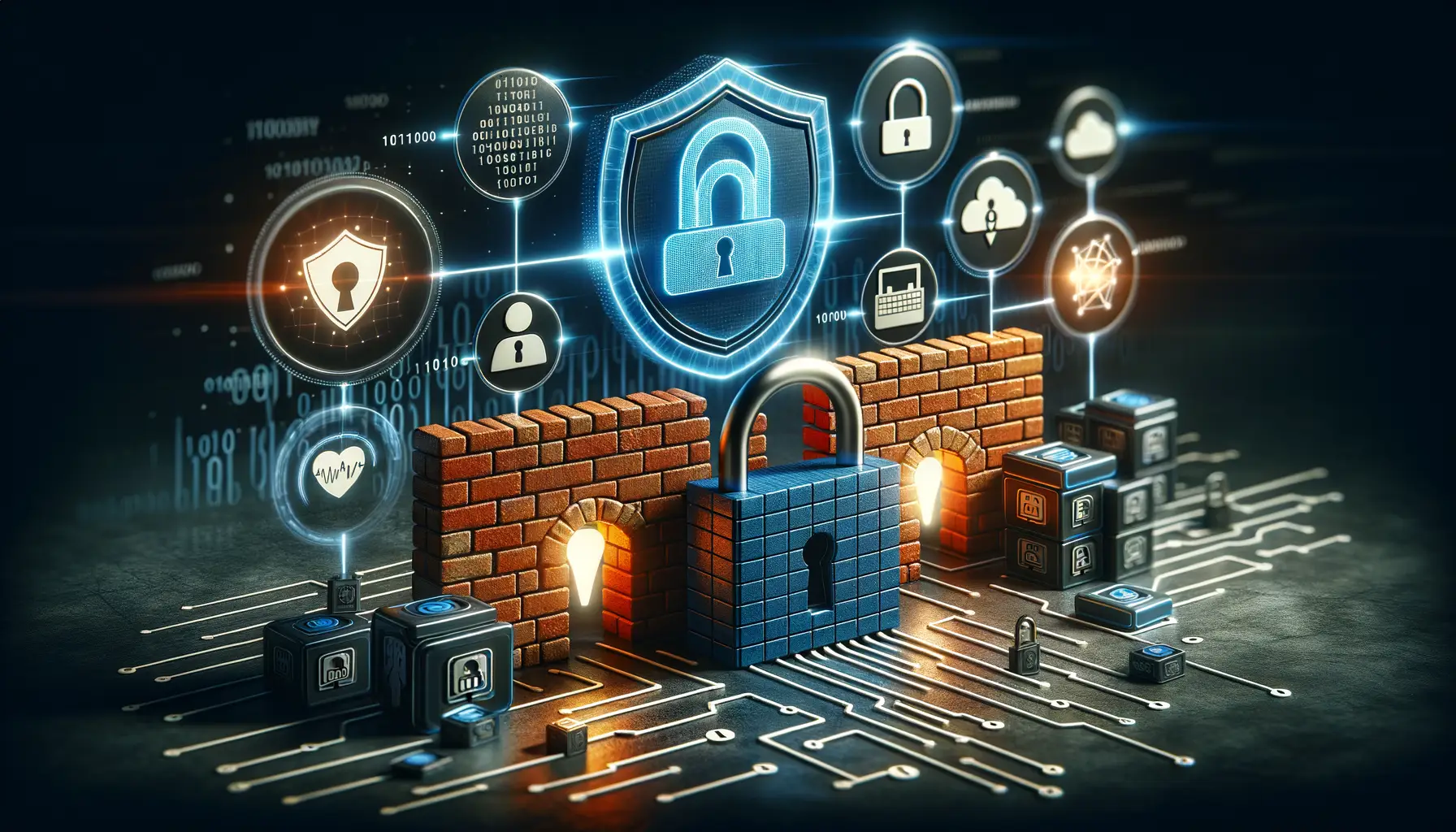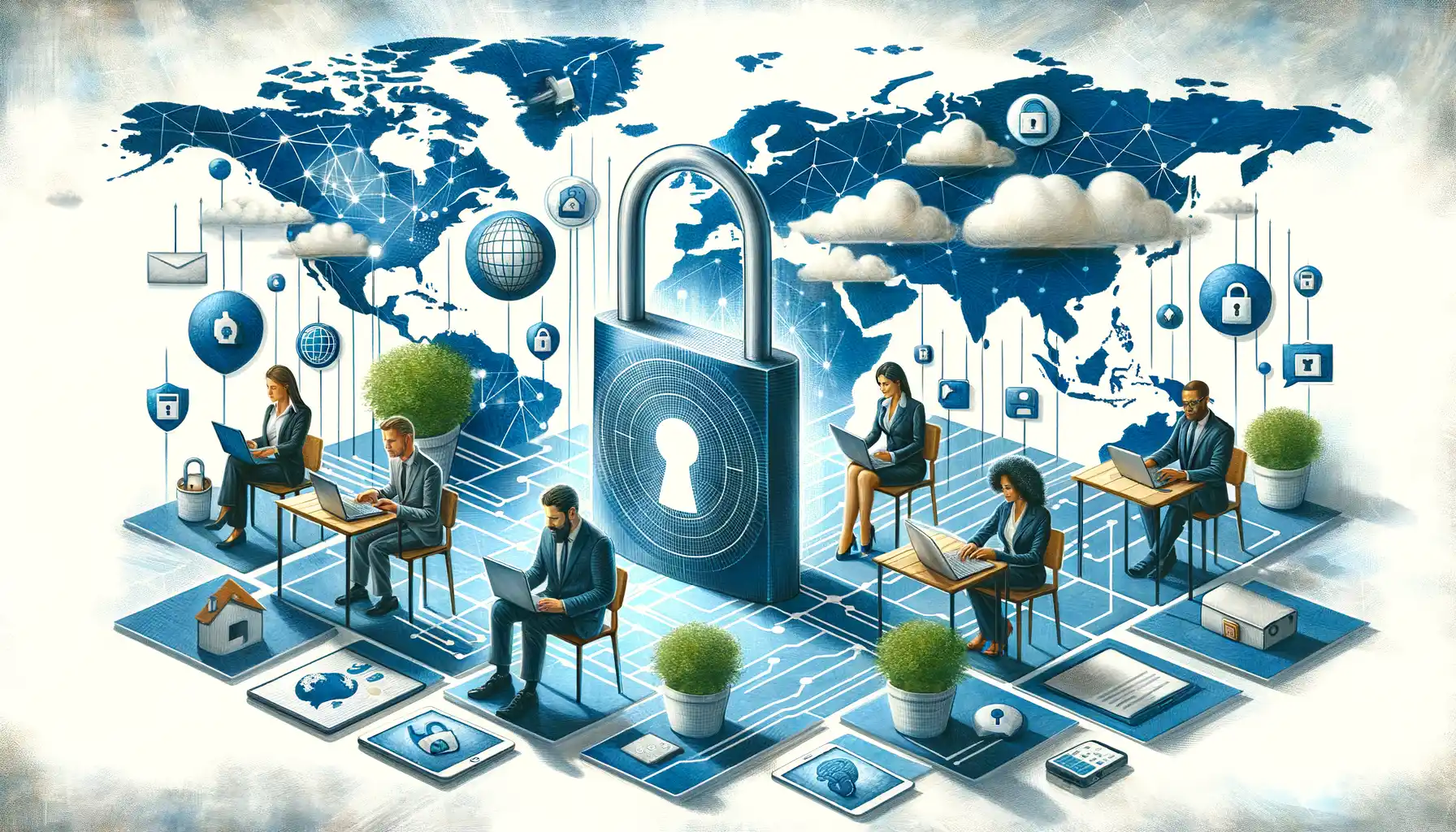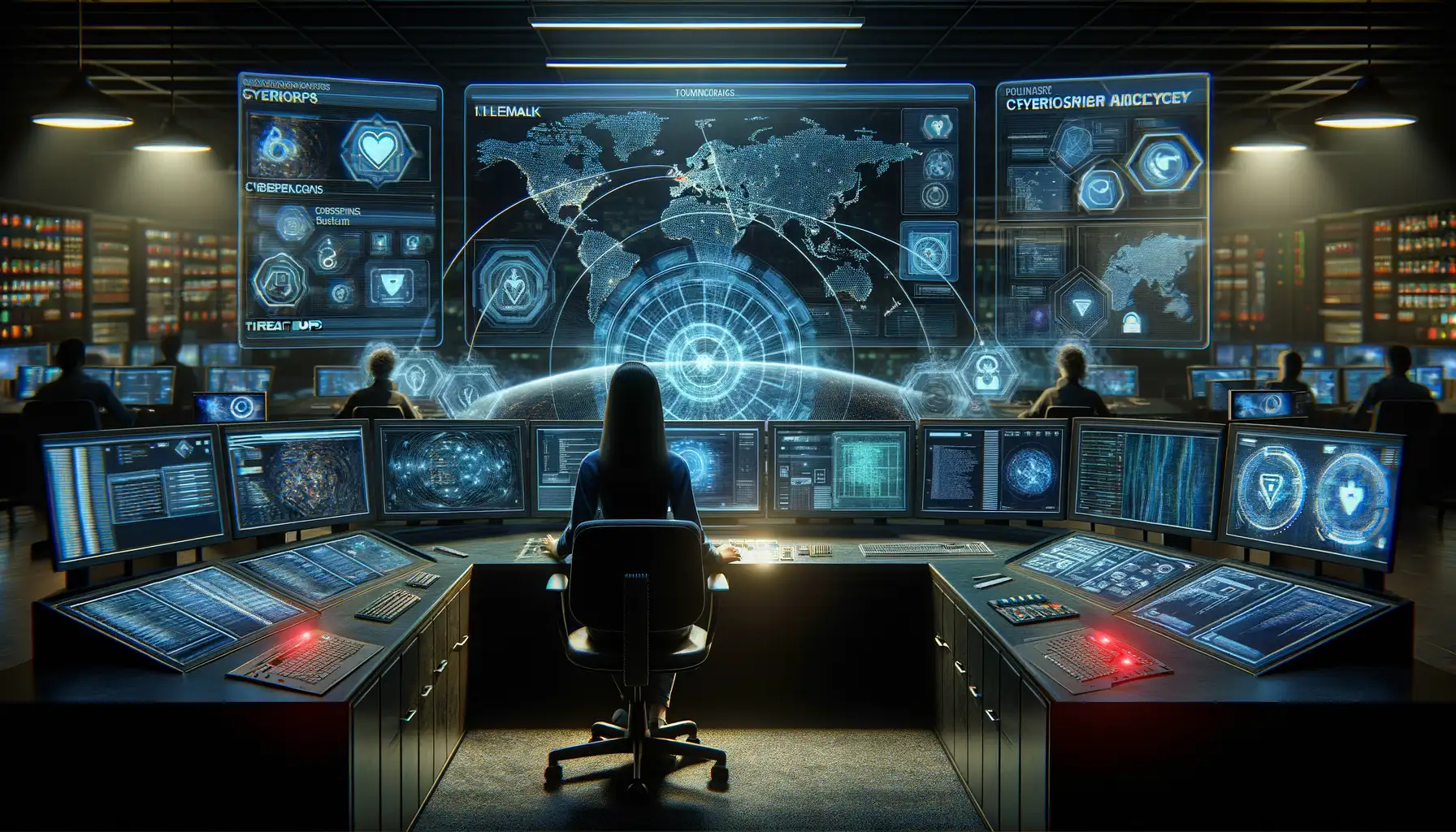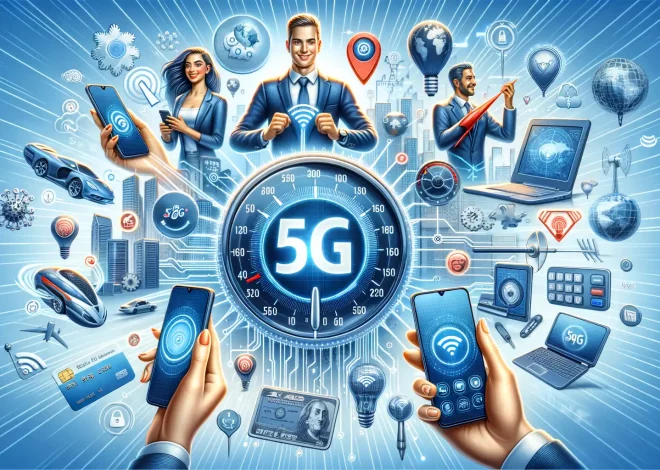
Building a Robust Cybersecurity Strategy for Remote Workforces
Understanding the Challenges of Remote Work Security
The Hidden Risks Lurking in the Remote Work Landscape
Let’s be honest—remote work has completely redefined how we approach our day-to-day jobs. But amidst the joys of working in pajamas and skipping stressful commutes, there’s a dark side lurking in the digital shadows: security gaps. Imagine your employees logging in from cozy coffee shops, public Wi-Fi hotspots, or even their kid’s tablet. Convenience? Yes. Secure? Not so much.
Remote work introduces a sprawling attack surface—a virtual playground for cybercriminals. What does that mean for you? It’s like leaving all the doors and windows open in a smart home while hackers peek right in. Without the right measures, sensitive company data can leak faster than you’d expect.
- Lack of secure Wi-Fi: Employees using unsecured networks could unknowingly expose login credentials or confidential files.
- Device diversity: Personal laptops, smartphones, or tablets might not meet your organization’s security standards.
- Phishing attacks: Remote workers are prime targets for scam emails, often designed to look like legitimate company communication.
Once you grasp these risks, the task becomes clear: crafting a strategy that doesn’t leave your company’s digital doors wide open. This is where preparation transforms into protection!
Why Trust Can Be a Double-Edged Sword
In remote settings, trust is everything—and that’s precisely the problem. Employers trust staff to follow protocols, but even the most well-meaning employees can click on the wrong link or update software too late. The result? A single careless moment could unravel an entire cybersecurity framework.
What’s more, insider threats—unintentional or otherwise—become harder to detect when everyone is miles apart. Think of it like monitoring a bustling city from a single tower; you can only see so much, and critical blind spots remain. Building trust in this context isn’t just about faith—it must be fortified with policies, training, and top-notch safeguards to ensure it doesn’t backfire.
Core Components of a Strong Cybersecurity Strategy

Strengthen Your Digital Walls: Essential Measures
Picture this: your company’s data is like a treasure chest, glittering with sensitive information. Would you leave it unguarded in an open field? Of course not! A strong cybersecurity strategy builds a fortress around that treasure. But exactly how do you construct these digital ramparts?
First, prioritize the fundamentals: multi-factor authentication (MFA) is your padlock, while end-to-end encryption acts like an unbreakable vault. Think of MFA as asking for not just one, but two keys before opening the door—and encryption scrambles your data so thoroughly that no snooper can decipher it without authorization.
And don’t forget the importance of a clearly defined access control policy. Not everyone should have the keys to the entire kingdom. Minimize risk by granting access strictly on a need-to-know basis.
- Firewalls work as gatekeepers, filtering out malicious intruders from friendly neighbors.
- VPNs (Virtual Private Networks) act as secret passageways, ensuring your remote teams connect securely to the corporate resources.
Ultimately, every tool and protocol works hand-in-hand, forming a robust network shield. The goal isn’t just security—it’s peace of mind in a chaotic digital world. And isn’t that what we all want?
Best Practices for Securing Remote Workforces

Strengthen the Digital Doors: Policies That Work
Picture this: your remote workforce is like a sprawling digital city. While it’s bustling with productivity, every weak password or unsecured connection is an open window for cybercriminals to sneak in. To defend this virtual metropolis, start with rock-solid policies. Require employees to use multi-factor authentication (MFA). Think of MFA like having two keys to unlock a door—one just isn’t enough anymore.
Next, implement password management tools. Encourage the use of unique, complex passwords that get stored securely—not scribbled on sticky notes. Oh, and don’t forget virtual private networks (VPNs). These act as a digital tunnel, keeping data transfers safe from prying eyes, especially over public Wi-Fi (a hacker’s favorite playground).
- Mandate regular password updates; stale ones are security traps.
- Set up role-based access controls—why give everyone the keys to every room?
- Train your team to spot phishing attempts faster than a cat spots a laser pointer.
Build a Shielded Culture
A well-protected remote workforce doesn’t just rely on firewalls—it thrives on awareness. Security training should be woven into team culture, not treated as a one-off chore. Host interactive workshops or quizzes that explain why clicking on a suspicious link could unlock Pandora’s box. Add gamification—award points for spotting fake emails or recognizing threats in case studies!
But let’s not stop there. Establish a “no shame” policy around reporting mistakes. If Sarah from marketing accidentally clicks a bad link, she shouldn’t feel like she broke the universe. The faster an incident is reported, the quicker damage control can kick in.
Finally, keep communication flowing. Share newsletters about emerging threats or memorable success stories about how a cautious employee saved vital data. Knowledge is power, but sharing it? That’s how you supercharge your defenses.
Leveraging Technology to Enhance Cybersecurity

Smart Tools, Smarter Defense
Picture this: your remote workforce is like a sprawling digital city. People are logging in from home offices, cafés, or maybe even a park bench halfway across the globe. With all this hustle and bustle, how do you protect the gates of your virtual city? The answer lies in deploying cutting-edge technology to outsmart cyber threats at every turn.
From AI-powered threat detection to intuitive VPNs that cloak sensitive data, tech isn’t just your ally—it’s your secret weapon. Solutions like multi-factor authentication (MFA) act like a double-deadbolt on your team’s accounts, while endpoint security ensures devices operating outside the company firewall remain as secure as a fortress.
- Zero Trust Architecture: Trust no one, verify everything—a framework that limits access until identity is proven.
- Cloud Security Platforms: Keep your workforce agile while safeguarding data with encryption and granular permissions.
- AI-Driven Monitoring: Feel like a superhero as machine learning detects breaches before they even happen.
Bringing Connectivity and Security Together
Ever heard the phrase “don’t put all your eggs in one basket”? The same logic applies to secure connectivity. Remote workforces thrive on tools like secure SD-WAN, which balances smooth, fast connections with rock-solid protection. Real-time monitoring features flag unusual activity, and automatic updates keep systems ready for the latest challenges. Yes, it’s like having digital bodyguards—24/7.
When these tools harmonize, you’re not just keeping hackers out; you’re empowering your team to work boldly and confidently, wherever they are on the planet. Who knew tech could be so inspiring?
Continuous Monitoring and Future Adaptations

Staying Ahead with Proactive Monitoring
Imagine walking a tightrope—every step requires vigilance, adaptability, and a keen eye on the conditions around you. That’s exactly what continuous monitoring is for your cybersecurity strategy in a remote work environment. With threats evolving faster than ever, ensuring your defensive measures are always alert is non-negotiable.
Monitoring isn’t just about sound alarms when there’s an issue; it’s about gathering critical insights to predict and prevent potential breaches. Think of tools like endpoint detection systems or advanced SIEM (Security Information and Event Management) platforms as your ever-watchful guardian angels. They track suspicious login attempts, monitor unusual file transfers, and raise eyebrows at odd network activity—all so you can sleep at night.
- Real-time alerts: Because waiting hours or days to detect a breach is a luxury no one can afford.
- Behavioral analytics: Spotting anomalies before they spiral into disasters.
- Cloud security monitoring: Keeping a close eye on those virtual perimeters we rely on so much.
The Key to Evolving Security? Adaptation
Cybersecurity isn’t stagnant—it’s a living, breathing effort. If last year taught us anything, it’s that what worked yesterday might not cut it today. As you gather data from ongoing monitoring, use it to tweak policies, upgrade tools, and train employees to face new challenges head-on.
For example, if phishing attacks are rising, empower your remote workforce with stronger email filters and regular awareness training. If certain applications become more vulnerable, don’t hesitate to reevaluate their place in your stack. Stay flexible, stay sharp, and embrace change as an ally—not an enemy—in this ever-shifting cyber battlefield.



